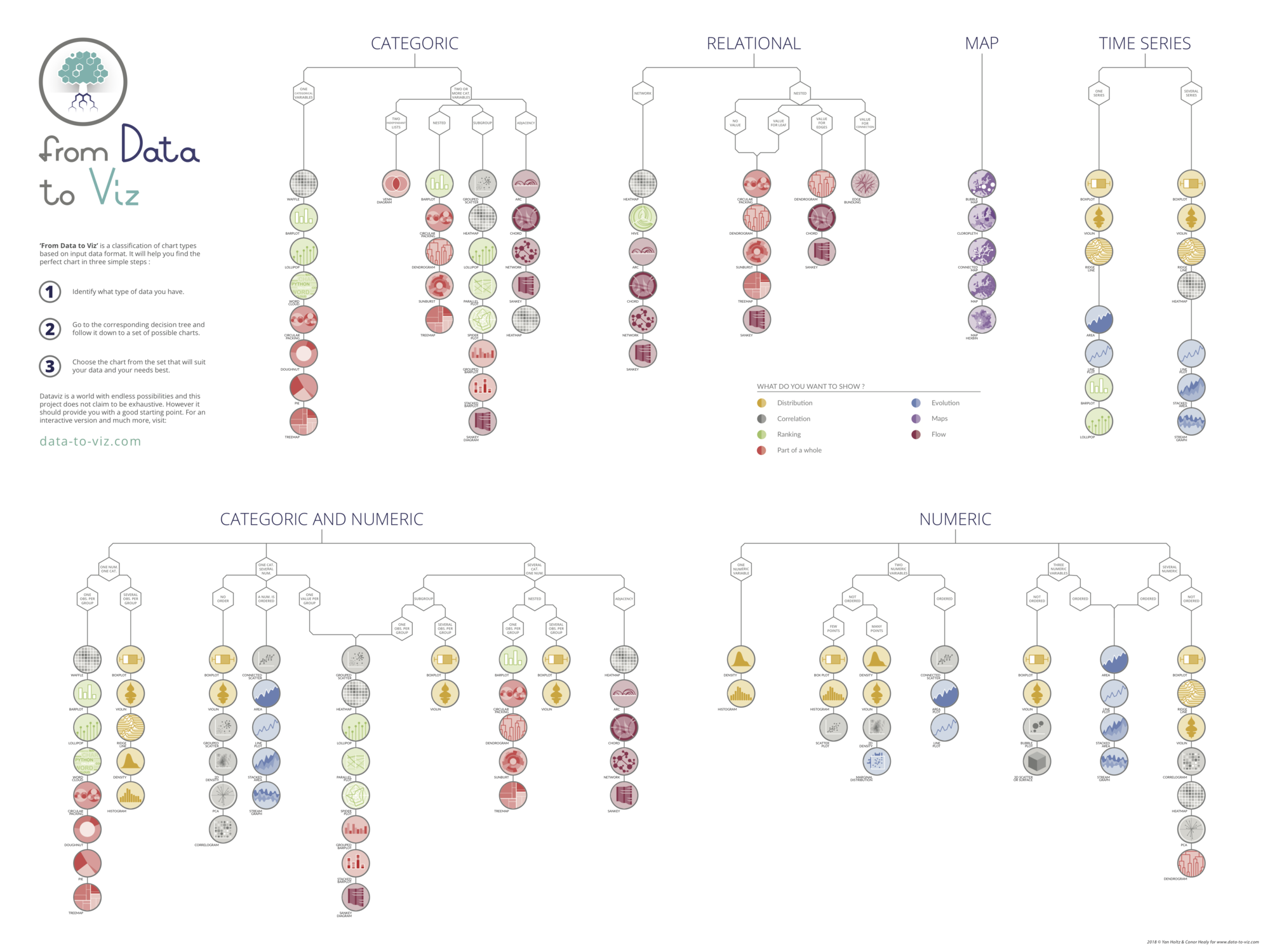import pandas as pd
from plotnine import *Dataset
Since scatter plot is a type of chart that displays values for two numerical variables for a set of data, we will load the iris dataset:
url = 'https://raw.githubusercontent.com/holtzy/The-Python-Graph-Gallery/master/static/data/iris.csv'
df = pd.read_csv(url)Change size of points
In order to change the size of the points in a scatter plot, you just have to add the size argument to the geom_point() function:
(
ggplot(df, aes(x='sepal_length', y='sepal_width')) +
geom_point(size=4)
)Change dots shape
In order to change the shape of the points in a scatter plot, you just have to add the shape argument to the geom_point() function.
There are lots of available options!
(
ggplot(df, aes(x='sepal_length', y='sepal_width')) +
geom_point(shape='d', size=4)
)Transparency
In order to change the transparency of the points in a scatter plot, you just have to add the alpha argument to the geom_point() function:
(
ggplot(df, aes(x='sepal_length', y='sepal_width')) +
geom_point(alpha=0.3, size=4)
)Edge color
In order to change the edge color of the points in a scatter plot, you just have to use the color and fill arguments in the geom_point() function:
(
ggplot(df, aes(x='sepal_length', y='sepal_width')) +
geom_point(color='black', fill='lightblue', size=4)
)Going further
This article explains how to custom markers in a scatter plot with plotnine.
If you want to go further, you can also learn how to colors according to a 3rd variable or how to custom theme.






